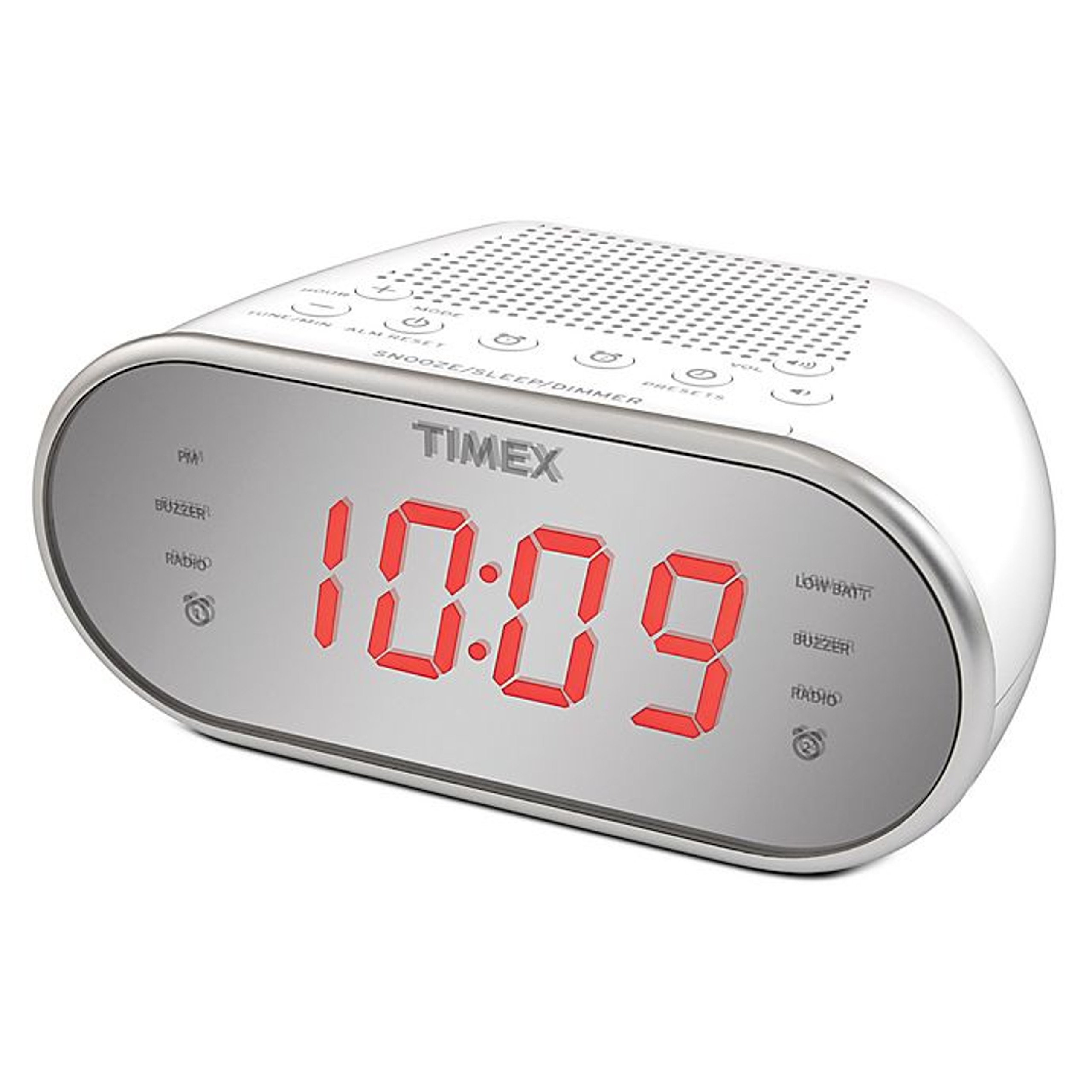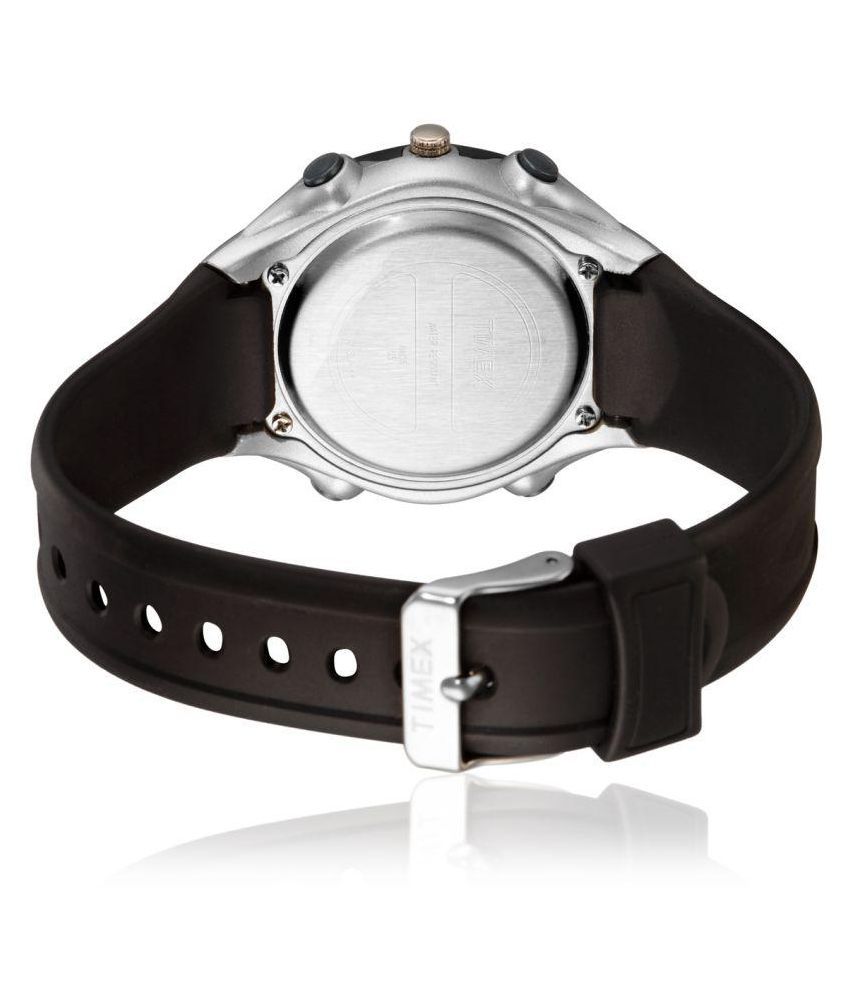

Dynamic Design Open vents in the straps of the full- and mid-size models minimize skin contact and increase breathability. 16 Labeled Interval Timers - Do you ever get so engrossed in your workout, you can't remember if you're supposed to be starting a sprint or jog interval? Complex routines become automatic and effortless with three customizable workouts, each with up to 16 labeled intervals. My father is no longer alive, but I still keep it as a link to a glorious and eternal past.Cutting edge technology meets the sleek design of the new Timex Sleek 150 Lap watch with the impressive Timex TapScreen Key Features - Timex TapScreen TapScreen Dated Training Logs - An innovative training log recalls workouts by date displaying best lap, average alp0 and all laps meaning improvements and personal bests are effortlessly tracked.
Timex data recorder 2 full#
Today I'm 43 years old, and I remember with nostalgia the aroma of the cover of this beautiful machine that evokes me to that childhood full of adventures and curiosity for science and the technologies that made it work. I was still a small child, but I remember taking my first steps in Basic programming in the fall of the southern hemisphere in '86, next to the passage of Halley's comet. We connected it to a radio cassette player to load a chess and a flight simulator the first video games I knew and with which we shared, entering the digital world: something totally new for then, and especially for those of us who lived in the remotest part of the world. From one of his trips to the country's capital, my father brought with him what was our first computer: a Timex Sinclair 1000, with its 16K memory expander module. I grew up on the banks of a lush valley meandered by a crystal-clear river deep in Chilean Patagonia, the southernmost tip of the American continent. Timex Sinclair See more items in Medicine and Science: Computers Family & Social Life Work Computers & Business Machines Data Source Timex Computer Corporation Physical Description
Timex data recorder 2 series#
It was one of a series of TS-1000s donated to science museums across the United States.ĭespite brisk sales, Timex dropped out of the computer market in the spring of 1984.

This particular computer was given to the Smithsonian by Daniel Ross, Vice-President of Computer Products of the Timex Computer Corporation. Purchasers of it could also buy pre-programmed cassettes, among them BASIC versions of games such as space invaders. Accessories included a small "adding machine" type printer and a 16 KB RAM drive. Users could also write programs in BASIC.

The Timex could be used around the home for such tasks as budget management, checkbook balancing, and entertainment, but the limitations of the machine made tasks rudimentary. The computer keyboard was flat and the keys used black characters on a white background. The processor was a Z80A microchip running at 3.5 MHz, and the ROM was 8 KB (the earliest version had only 1 KB). The size of a book and weighing 20 ounces, the Timex/Sinclair used a television set as a monitor. Its introduction caused other companies to lower their prices and include more features in their computers in order to compete. At $99 it was certainly one of the most affordable early machines, and Timex sold over 600,000.
One of the earliest versions of the home computer, the TS-1000 hit stores in 1981. version of the Sinclair ZX-81, which was made by Sinclair Research, Ltd.


 0 kommentar(er)
0 kommentar(er)
